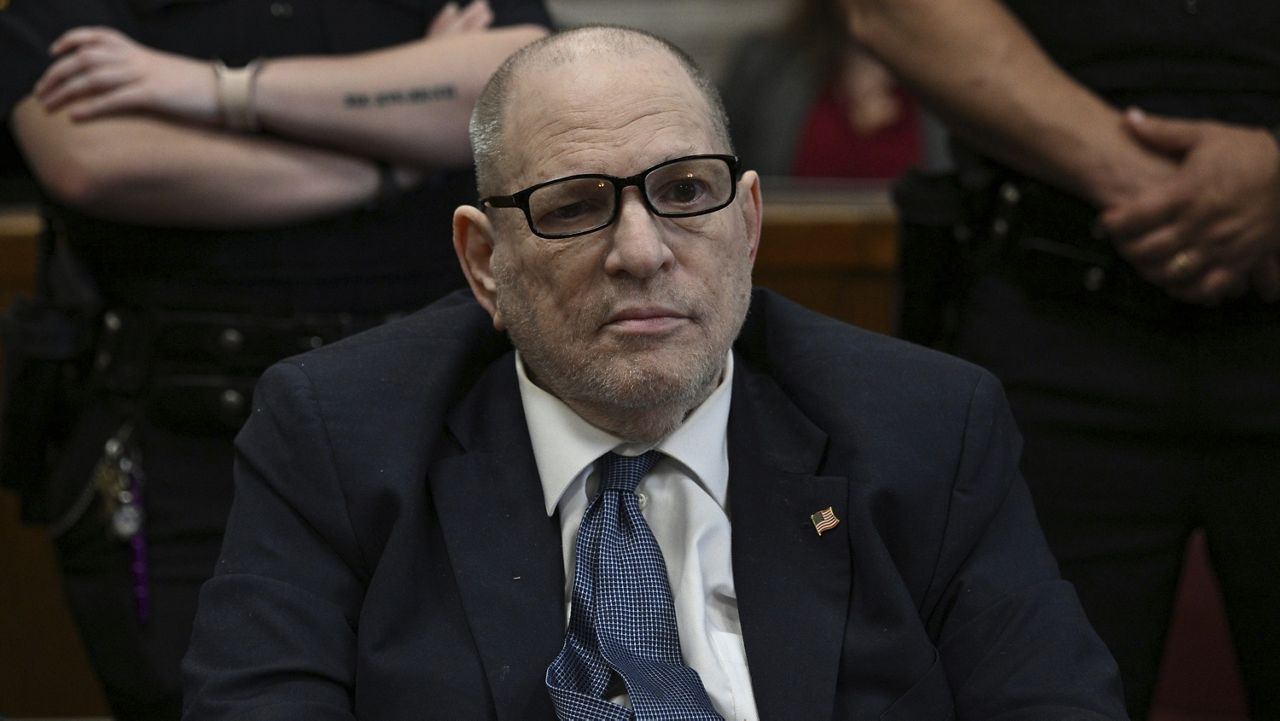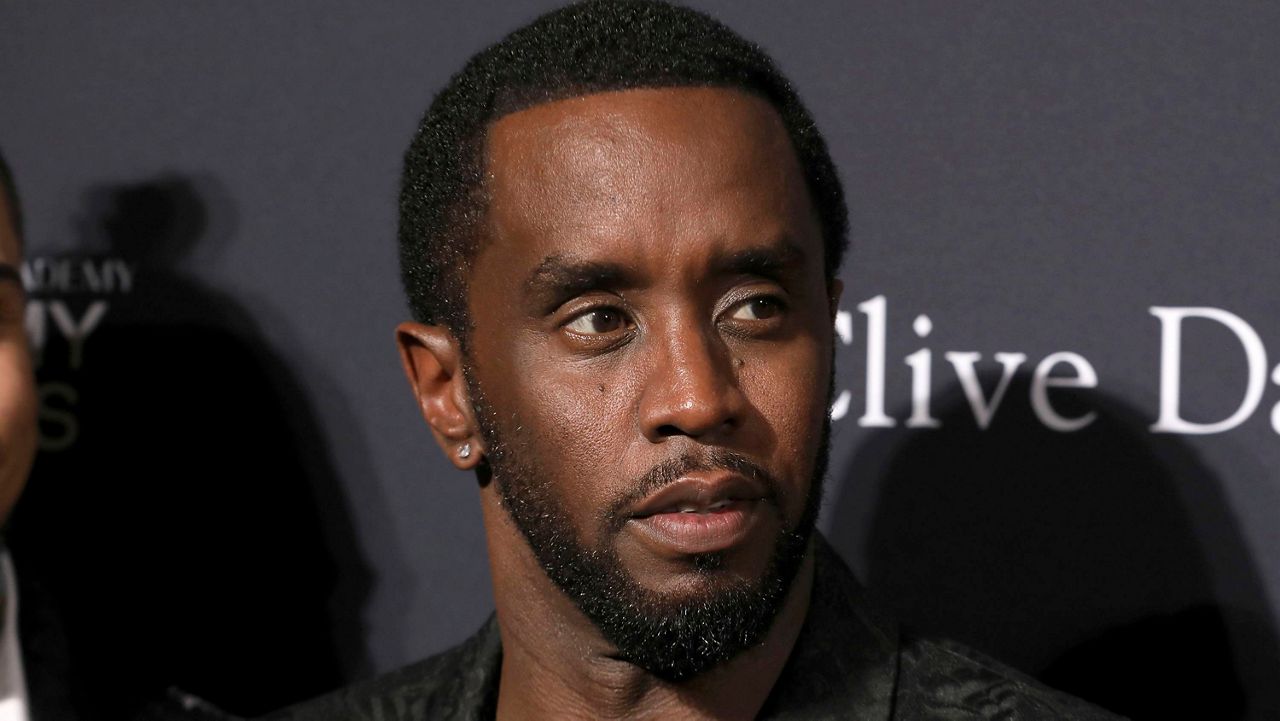It was one of the most horrific crimes the city has seen.
Three children — Zachary, 7, Lilliana, 3, and Oliver, just 3 months old — drowned in the middle of the night in the cold waters off Coney Island. Not in an accident, but allegedly at the hands of their mother, Erin Merdy.
“I know that it must've been terrifying for him because I just, I just know that he was afraid of the water," Zachary’s father Derrick Merdy said.
What You Need To Know
- NY1 has conducted a 7-month investigation into ACS, the agency responsible for protecting and promoting the safety and well-being of the city's children
- After three siblings were killed last September, ACS would not reveal its history with the family or what its investigation uncovered. The father of one of the children says the agency did not inform him of all of the cases involving his son
- ACS says it is not obligated to inform the public; the agency does not follow the spirit of Elisa's Law, which aims to provide transparency in child death investigations. Experts say that the best way to identify systemic problems and to fix them is for investigations into child deaths to be made public
- ACS sent Derrick Merdy a letter two days after his 7-year-old son Zachary had died stating that there had been an “allegation of abuse or maltreatment,” and that Derrick would be notified if the allegation was substantiated. Again, Zachary had already died when this letter was written
When Zachary was born, his parents had already separated. Soon after, his father, who was in the Navy, was deployed to Japan. When he returned home to Norfolk, Virginia three years later, he filed for divorce.
“We didn’t work out because we were just two kids who were not mature enough to have a mature relationship,” Derrick said.
Derrick also filed for custody of Zachary. At first, Erin resisted, but changed her mind. In a text message to Derrick, she wrote, “I am thinking of letting Zachary live with you and possibly giving up my rights."
They had a court date scheduled for November, less than two months after Zachary’s death on Sept. 12.
“I know that boy. I know he probably just did it," Derrick said, "He probably just did it. He didn't question it, most likely because who thinks that their mom's gonna kill them? I just don’t know."
What is known is that Erin Merdy was struggling. Documents show she hadn’t paid rent on her Neptune Avenue apartment in more than a year, and had been served with an eviction notice. Some speculated she was suffering postpartum depression. Her attorney would not comment.
Zachary’s football coach, Allen McFarland, said his mother rarely watched his games and always seemed to be in a rush.
“So looking back on, I definitely would notice, or I would definitely be more attentive to how fast she was moving. Never feeling settled. It was just very just like, ah, quick coming and going, coming and going. That was alarming,” McFarland said.
But could Zachary, Lilliana and Oliver have been saved? Had any red flags been raised about the safety of the siblings?
The Administration for Children’s Services would not tell NY1. They would not tell NY1 anything about the case, except to say they are investigating.
But in New York state, there is a disclosure mandate. Since 1996, there has been a law that there be a public accounting of what led up to a child’s death. The law, known as Elisa’s Law, was signed by then-Gov. George Pataki after a public outcry over the death of 6-year-old Elisa Izquierdo.
She was killed by her mother after years of torture and abuse, even though child welfare authorities had been called numerous times by teachers, neighbors and relatives, many of whom stood beside the governor as he signed the new law.
Elisa’s Law sought to make investigators accountable. It dialed back confidentiality laws in child abuse cases and mandated public disclosure of what led up to the death of an abused child. Attorney Jeffrey Binder worked for Sen. Roy Goodman, who sponsored the bill.
“The intent was to make government more accountable, to make it easier to audit what happened, and therefore to improve government functioning with regard to this area. And ultimately, it's supposed to protect the kids,” Binder said.
In the early years after the law passed, ACS did become more transparent when it made mistakes. In 2006, after the torturous death of 7-year-old Nixzmary Brown, a child with an active case, then-Commissioner John Mattingly held a press conference.
“There are standards and practices that need to be met in protective investigations in order to avoid as much as possible these kinds of tragedies, and these standards were not met in this case,” Mattingly said at the time.
Mattingly announced he was disciplining caseworkers and supervisors, suspending some without pay. He shook up his leadership team and called for an ACS ombudsman. He even asked the Department of Investigation to probe what went wrong.
But in recent years, ACS has stopped informing the public of potential mistakes, and has increasingly limited access to records. Commissioner Jess Danhauser defends this decision.
“I don't believe that discussing the details of individual families' lives is the best way to drive system change. When it's important, when the public needs to know if we get something terribly wrong, I'll make sure that they know,” Dannhauser said.
Binder said it appears that the law is not being implemented as it was intended.
“Somebody, somewhere now needs to revisit the law and crack the whip, so to speak,” he said.
Marcia Lowry is an expert in child welfare law. She says this kind of secrecy potentially leads to worse outcomes for children, because sealing reports of maltreatment hinders efforts to reform and improve the system.
"You can't do anything if a child has been, heaven forbid, killed or seriously maltreated. You can't undo that.” Lowry said. “But what you can do is learn from it. What you can do is try to keep that from happening again. That's not really what I see happening in New York. “
Derrick Merdy says he’d had no idea his son Zachary had so many cases with the child welfare agency until after his death.
“The day that I got the call that he had, when he passed, when I went to Coney Island, the doctor was like talking. He was just like, ‘Oh man, five, five open cases. Five open.’ I was like, five open cases? He started talking about it. I was like, are you serious? He's like, ‘Yeah.’”
And the confusion over who was accountable or responsible for Zachary’s case didn’t end when he died. In a letter dated two days after his death, Child Protective Services sent Derrick a letter notifying him of an “allegation of abuse or maltreatment,” presumably referring to Zachary’s drowning.
The caseworker writes that when the investigation concludes, “you will receive a letter that will tell you whether CPS decided the report is indicated or unfounded.” Again, Zachary had already died when this was written on Sept. 14.
Asked whether he feels that the city of New York shares in the blame for Zachary’s death, this was Derrick’s response: “Hell yeah, I do," he said. "I do believe that New York, they definitely play a part of it. They play, they have a part of accountability."
ACS points out that until an investigation is complete, it is limited to only saying that a case is “under investigation." However, it does not share when it completes that investigation, and the Merdy children died nearly 8 months ago.
ACS also says it has made progress in strengthening the agency — from more coaching and training for staff, better investigation protocols and more advanced technology.
It says that it continuously reviews its work to identify where it can strengthen its practices and policies. It says it has implemented hundreds of reforms that have made its investigative work better and also reduced delays in getting families the services they need.
It says its ChildStat program was developed along with national experts and the NYPD and combines a review of quantitative data and qualitative case practice to continuously improve its child protective practice.
Changes made due to ChildStat include expanded transportation options for caseworkers to reduce response times and better access to technology such as tablets, so child protective specialists can access the child welfare database and update notes while working in the field.









